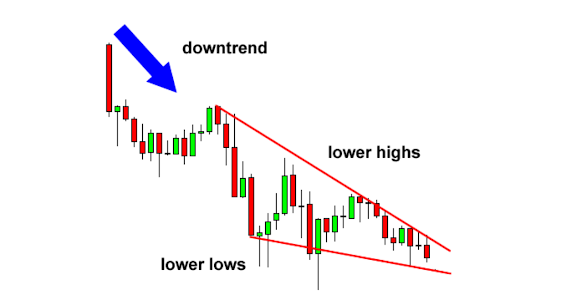Head and Shoulders Pattern in Trading
The head and shoulders pattern is a well-known technical analysis chart pattern that signals a potential trend reversal. The pattern derives its name from its resemblance to a human head and shoulders and is used by traders to identify potential buying and selling opportunities.
In this article, we will explore the head and shoulders pattern in more detail, discussing its formation, significance, and how traders can use it to make informed trading decisions.
Formation of the Head and Shoulders Pattern
The head and shoulders pattern is formed by three peaks or troughs in price action, with the middle peak being the highest or lowest. The pattern consists of a left shoulder, head, and right shoulder, with the head being the highest point in the pattern. The left and right shoulders are roughly the same height and are separated by the head.
The left shoulder is formed when the price of an asset rises to a new high and then pulls back. The head is formed when the price rises again, this time to a higher high, and then pulls back. Finally, the right shoulder is formed when the price rises once more, but this time to a lower high than the head, before pulling back again.
The significance of the Head and Shoulders Pattern
The head and shoulders pattern is significant because it indicates a potential trend reversal. The pattern suggests that a bullish trend may be coming to an end and that a bearish trend may be about to begin. The significance of the pattern is strengthened when the neckline, which is a line drawn across the two troughs between the left and right shoulders, is broken.
When the neckline is broken, it signals that the bears have taken control of the market, and that the price of the asset is likely to continue to fall. This can provide traders with a valuable selling opportunity, enabling them to make a profit by selling the asset at a high price before the price falls further.
How to use the Head and Shoulders Pattern in Trading
Traders can use the head and shoulders pattern in a variety of ways to make informed trading decisions. One popular strategy is to wait for the neckline to be broken before entering a short trade, which involves selling the asset in the hope of buying it back at a lower price later.
Another strategy is to use the head and shoulders pattern as a signal to exit a long trade, which involves buying the asset in the hope of selling it at a higher price later. By identifying the head and shoulders pattern early, traders can exit their long position before the price falls further, minimizing their losses.
Experienced traders may also use additional technical indicators to confirm the validity of the head and shoulders pattern. For example, traders may look at the volume of trading activity during the formation of the pattern. If the volume is high during the left shoulder, head, and right shoulder, and then drops off when the neckline is broken, it may indicate that the bears have taken control of the market and that the pattern is valid.
Another technical indicator that traders may use is the Relative Strength Index (RSI), which measures the momentum of price movements. If the RSI shows that the asset is overbought during the formation of the head and shoulders pattern, it may suggest that a trend reversal is more likely.
It's worth noting that while the head and shoulders pattern can be a powerful tool for traders, it's not foolproof, and false signals can occur. Traders should always exercise caution and use other technical indicators to confirm the validity of the pattern before making trading decisions.
In summary, the head and shoulders pattern is a popular technical analysis tool that can be used by traders to identify potential trend reversals. The pattern consists of three peaks or troughs, with the middle peak being the highest or lowest. When the neckline is broken, it signals that a trend reversal is likely, and traders can use this signal to make informed trading decisions. However, it's important to remember that no trading strategy is foolproof, and traders should always exercise caution and use other technical indicators to confirm the validity of the pattern.










